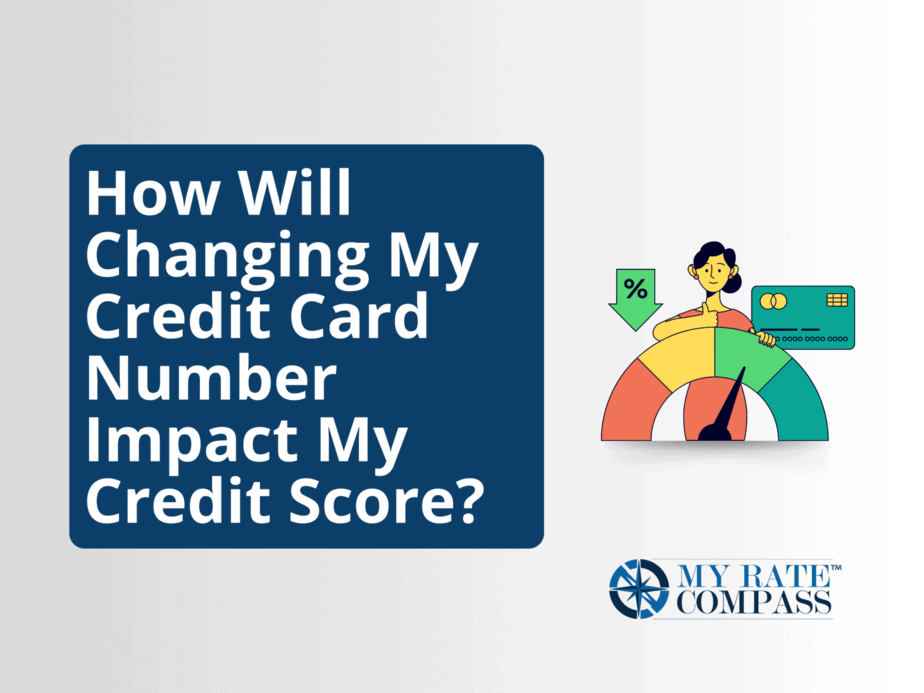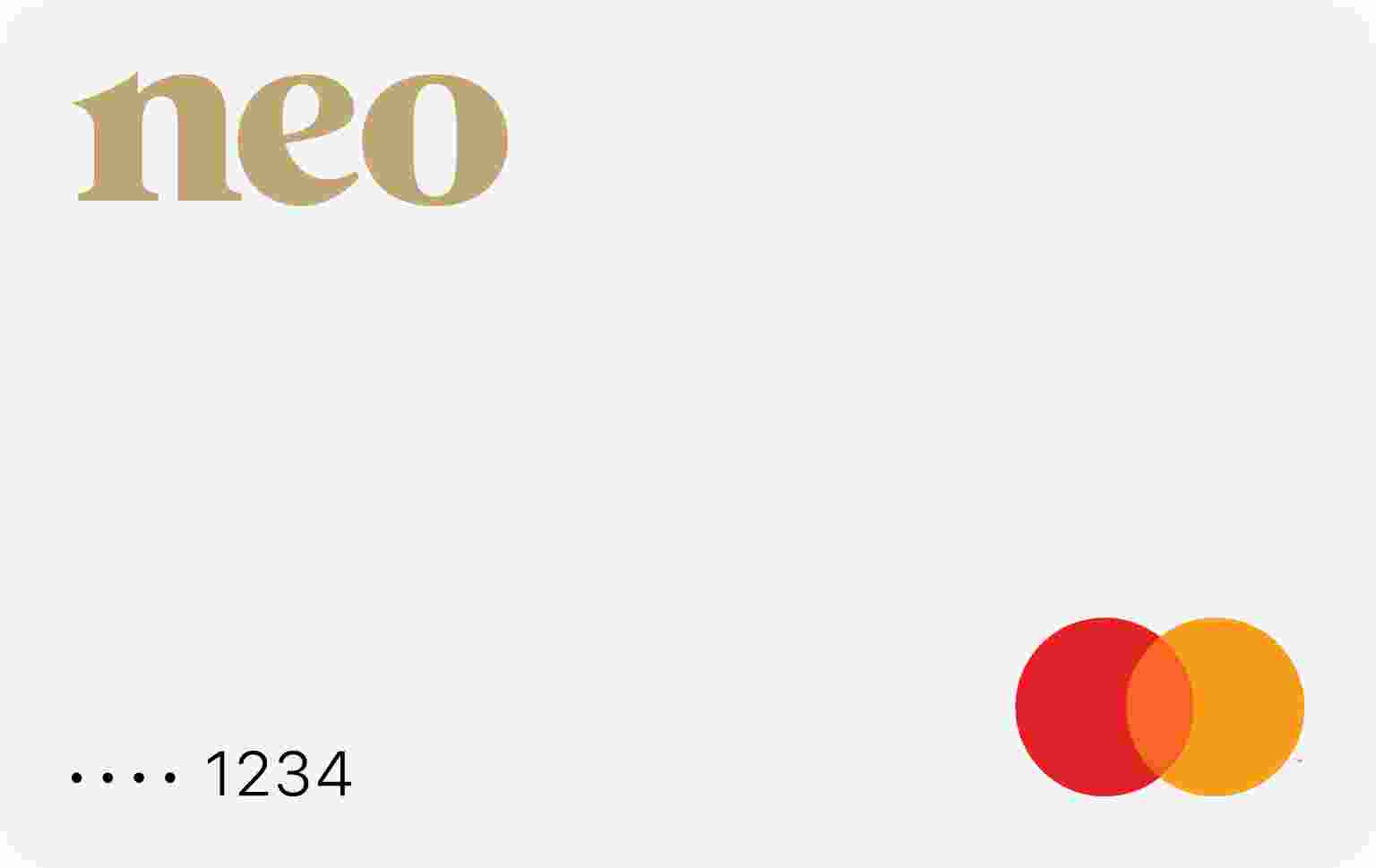A credit limit increase on your credit card can give you extra financial freedom. It can improve your credit score too by decreasing your total credit utilization ratio. On the contrary, it can be intimidating to increase your credit limit if you already struggle managing your finances. When you are considering getting a credit increase, ensure you are on the ball with your finances first. This means paying your credit cards in full and on time each month. You will want to make sure you are financially healthy, not overspending, and able to carry more credit without jeopardizing your current position. Once you are ready to seek out an increased credit limit responsibly, here is how you can make it happen.
4 Ways to Increase Your Credit Card Limit
1: Make a Request Online
Credit card issuers want their customers to use their products and to borrow money from them. This is how they earn revenue. For this reason, it is usually easy to make a credit increase request online. Whenever you feel ready to ask for a credit limit increase, sign into your online account. Most issuers will have a “submit a credit limit increase request” section, normally under the credit cards page, click on that option. From there, you may be asked your desired credit limit and to update your personal information. With higher income and credit scores, clients have increased financial security and are more likely to get the credit limit they would like. You will hear back with approval for your requested amount, or you may not qualify.
2: Call Your Credit Card Issuer
If you flip your credit card over to the back, there is usually a phone number there. You can call your credit card issuer on the listed telephone number, speak to a customer service representative, and ask for a credit limit increase. The customer service representative may ask why you’d like the increase and to disclose any changes in employment or other personal information. They may need some time to process your request or be authorized to offer a certain credit limit increase on the spot. While on the line, you may want to ask if the request for a credit limit increase can be processed with a soft credit check instead of a hard credit check. Soft credit checks will not affect your credit score while a hard credit check may put a dent in your credit score for a few months.
3: Automatic Increases
When you’ve had a credit card for some time and have developed a clean record with a credit issuing company, through on time and full payments, they will usually offer periodic credit limit increases. Credit card issuers want you using their products, and there’s no better way to encourage it than offering responsible people more products. Not all companies will offer automatic increases and you may not even know your issuer offers it until they extend one to you. When you call in or apply online and get instant approval, this means your credit card issuer has already authorized a certain credit increase.
4: Applying for New Credit Cards
Another way to increase your credit limit is to apply for a new credit card. This will allow you to build credit history with another credit card issuer. No matter what credit limit you are approved for on a new credit card, it raises your overall credit available which helps keep your total credit utilization ratio lower.
Benefits of Higher Credit
Credit utilization is one of the largest factors that impacts credit scores. It represents the total amount of credit you use out of what you have access to. If you have $1,000 credit limit and pay $500 worth of bills using your credit card every month, your credit utilization is 50% ($500 / $1,000), even when you pay your credit card in full every month. Ideally, you want to keep credit utilization ratios below 30%. Every time you get a credit increase or new credit card, you increase the total credit you have access to and improve your credit utilization. Let’s say you get an increase to $2,000 and only continue to pay $500 worth of bills each month. Your credit utilization has automatically dropped to 25% ($500 / $2,000).
What to do if You’re Request is Declined
Whether you request a limit increase on an existing card or apply for a new credit card, there’s always a chance your request will be declined. If this happens to you, try to figure out why your request wasn’t accepted. Some credit card issuers will inform you, whereas others you may have to ask directly. Once you know the reason, make sure to fix the issue before you apply again. In addition, work on your financial position and credit score before reapplying.
Are You Ready for A Credit Increase?
When building financial health, you will want to build credit history, maintain a good credit score, make on time and full payments, and live within your means. At a certain point, financial health is heavily influenced by how much you can borrow. You will want to increase your credit limit in the long run. Before you seek out credit limit increases, make sure you have a solid financial foundation, so the additional credit will be used responsibly. When applying for credit increases, if possible, take advantage of calling in and asking for an increase with no hard credit checks, to avoid hurting your credit score. Typically, automatic credit increases do not require a hard credit checks, as it is being offered based on your history with a particular issuer and any soft checks they may regularly do. Be sure that you’re not overextending your finances by applying for credit limit increases. This will only hurt your finances and credit score in the long run.





